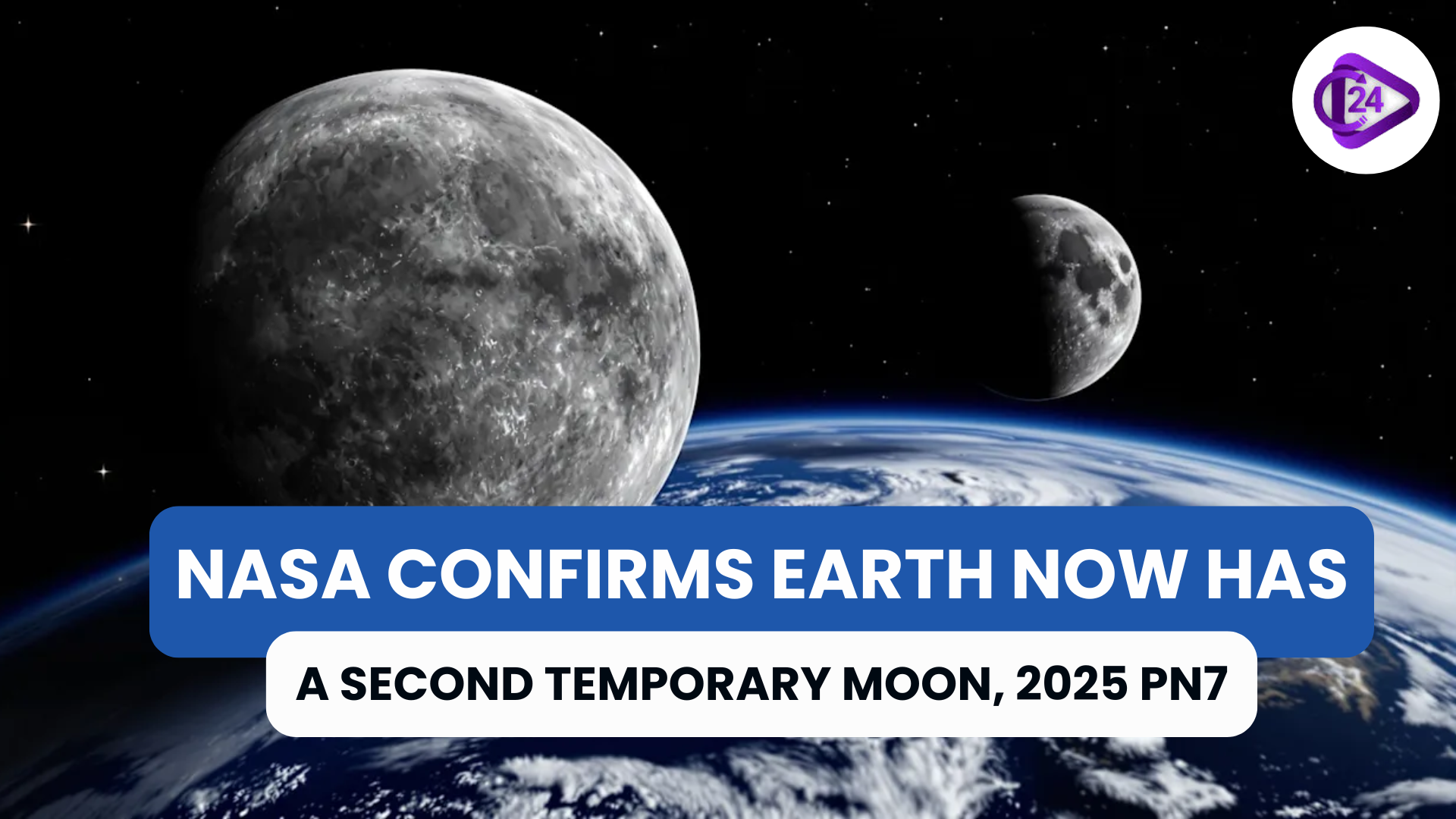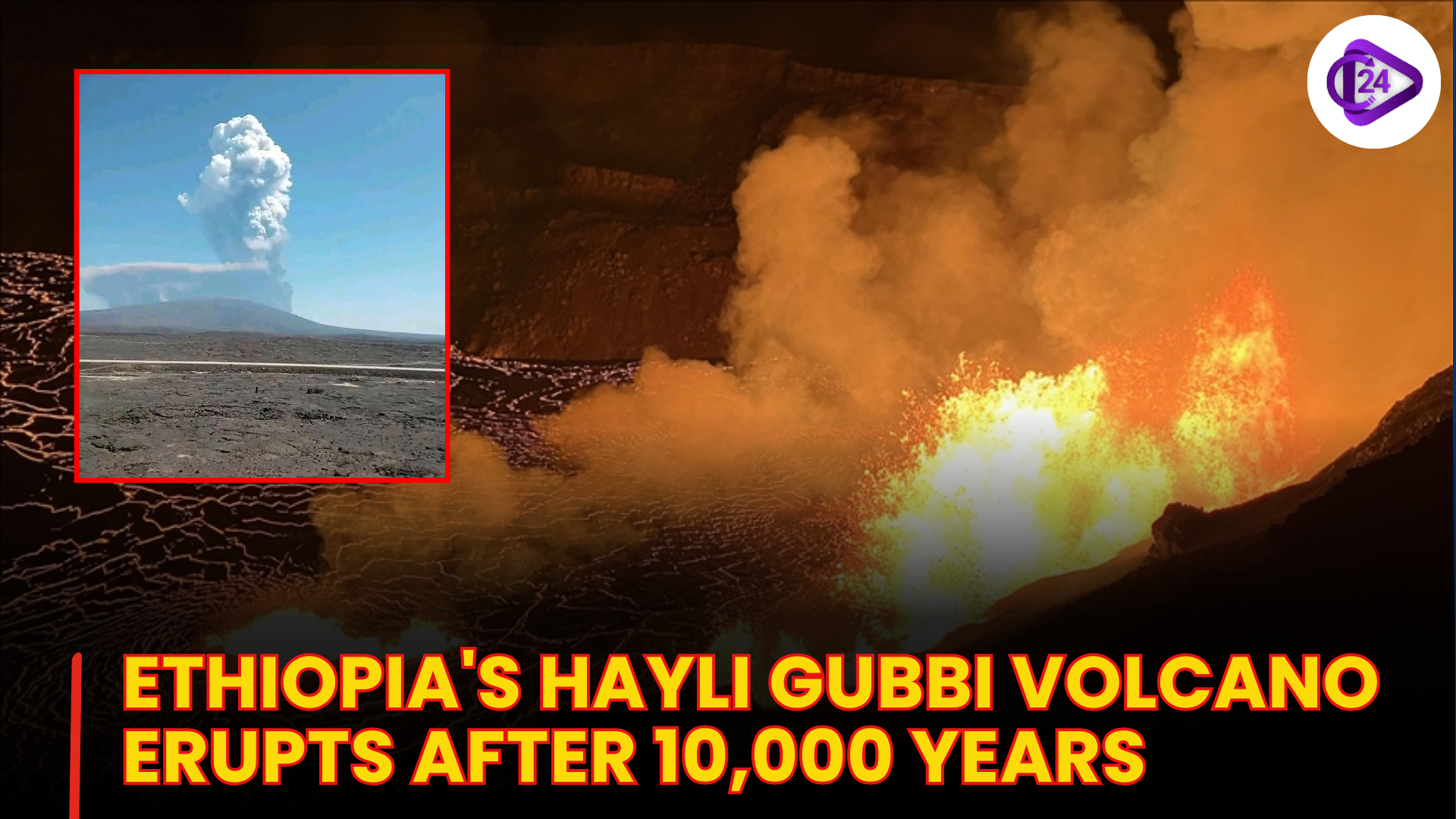
NASA has verified the existence of a new provisional second moon in a designation that is now called 2025 PN7. Being in the orbit with the Sun, this little asteroid acts as a sort of satellite of the Earth--it seems to spin around our planet, but still it has its own orbit. Scientists are of the opinion that 2025 PN7 has been trailing the Earth over the decades and will still trail it in several more decades. The discovery offers good information on near-Earth objects, orbital stability, and the dynamic relationship between the Earth and its heavenly companions.
The Mystery of 2025 PN7: What Makes Earth’s Temporary Moon Extraordinary
-
2025 PN7 is a tiny asteroid that revolves with the Earth in the same orbit as the Sun; thus, it is temporarily considered to be a second moon.
-
Its diameter has been estimated to be 18 to 36 meters, and it cannot be seen by human eyes.
-
Scientists reckon that it has been orbiting around the Earth for approximately 60 years, and will do so until around 2083.
-
Its distinctive orbit enables scientists to learn about the near-Earth asteroids and orbital physics safely.
Overview of NASA Highlights
NASA (National Aeronautics and Space Administration) was established on July 29, 1958.
It has its headquarters in Washington, D.C., United States.
Sean Duffy is the present NASA Administrator.
The recent success stories are the Artemis program of lunar study, the findings of the James Webb Space Telescope, and Mars missions with the Perseverance probe.
NASA is at the forefront of space research and technology worldwide.
Conclusion
Recent discoveries of 2025 PN7 as a temporary second moon on Earth are a significant aspect of contemporary astronomy. Lying in the orbit of the Sun with almost the same period, this small asteroid provides scientists with a good opportunity to research orbital mechanics and objects in near-Earth orbit. It can not be permanently attached to our planet, yet its discovery enhances the knowledge of the dynamic space environment and the current interest of NASA in space exploration and discovery.



 Netflix to buy Warner Bros Discovery's Studios, Streaming Unit for $72 Billion
Netflix to buy Warner Bros Discovery's Studios, Streaming Unit for $72 Billion Russia to Join India-led International Big Cat Alliance
Russia to Join India-led International Big Cat Alliance India, Maldives Begin 14th Edition of Exercise Ekuverin 2025
India, Maldives Begin 14th Edition of Exercise Ekuverin 2025 World AIDS Day 2025
World AIDS Day 2025 Riyadh Metro Breaks Guinness World Record as Longest Driverless Metro Network
Riyadh Metro Breaks Guinness World Record as Longest Driverless Metro Network Vietnamese Film ‘Skin of Youth’ Bags Golden Peacock Award
Vietnamese Film ‘Skin of Youth’ Bags Golden Peacock Award India Launches Operation Sagar Bandhu to Support Sri Lanka After Cyclone Ditwah
India Launches Operation Sagar Bandhu to Support Sri Lanka After Cyclone Ditwah Jakarta Becomes World’s Most Populous City In 2025
Jakarta Becomes World’s Most Populous City In 2025 G20 Summit 2025 Overview: Theme, Venue Countries and Goals Explained
G20 Summit 2025 Overview: Theme, Venue Countries and Goals Explained Hayli Gubbi Eruption Raises Regional Alert Across Ethiopia and Neighbouring Nations
Hayli Gubbi Eruption Raises Regional Alert Across Ethiopia and Neighbouring Nations






